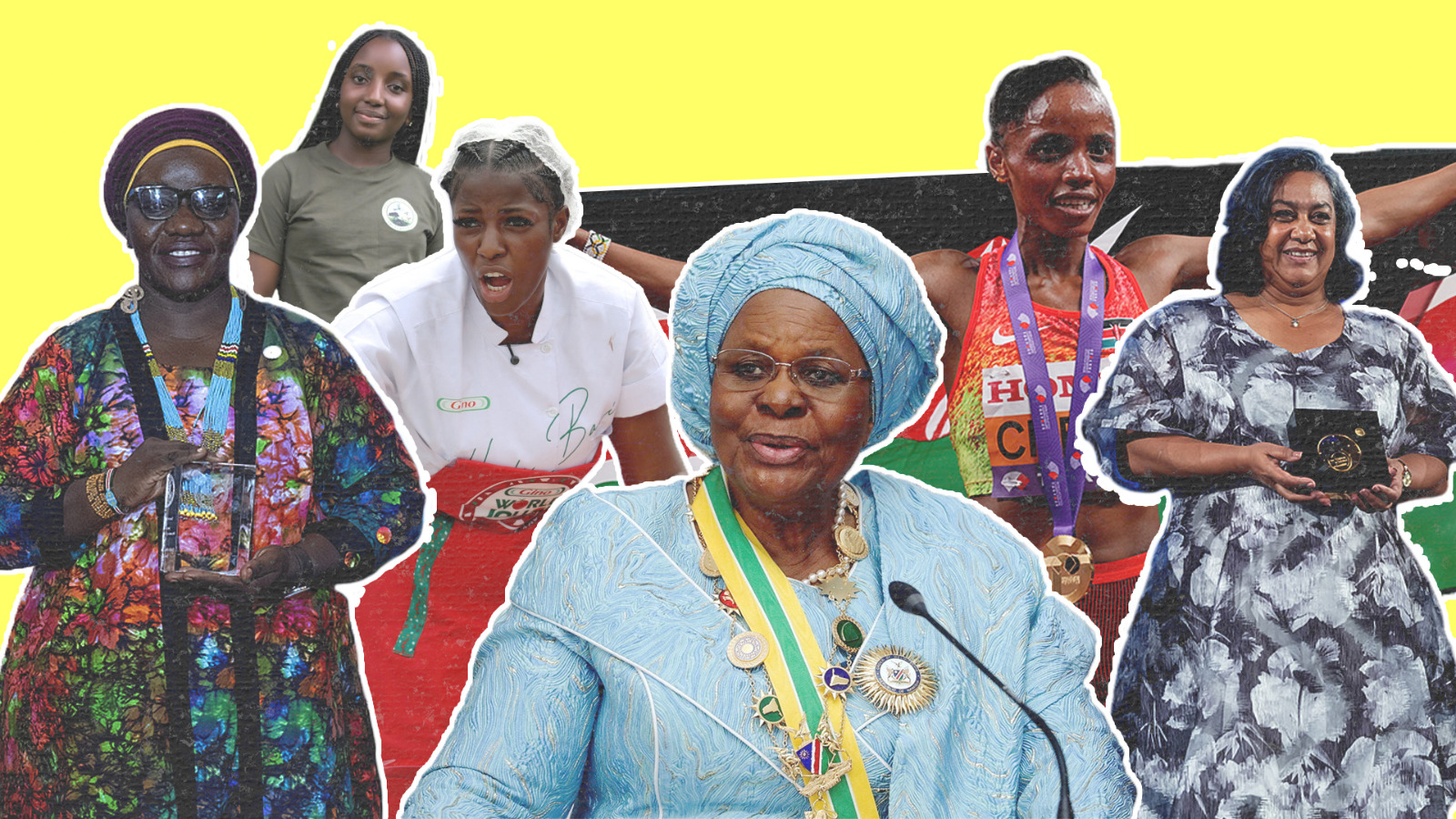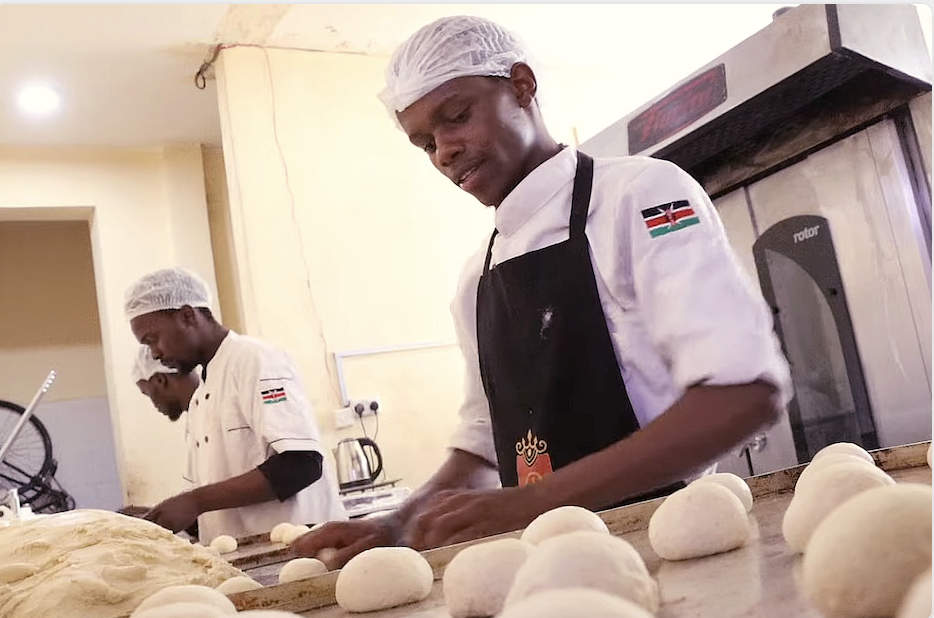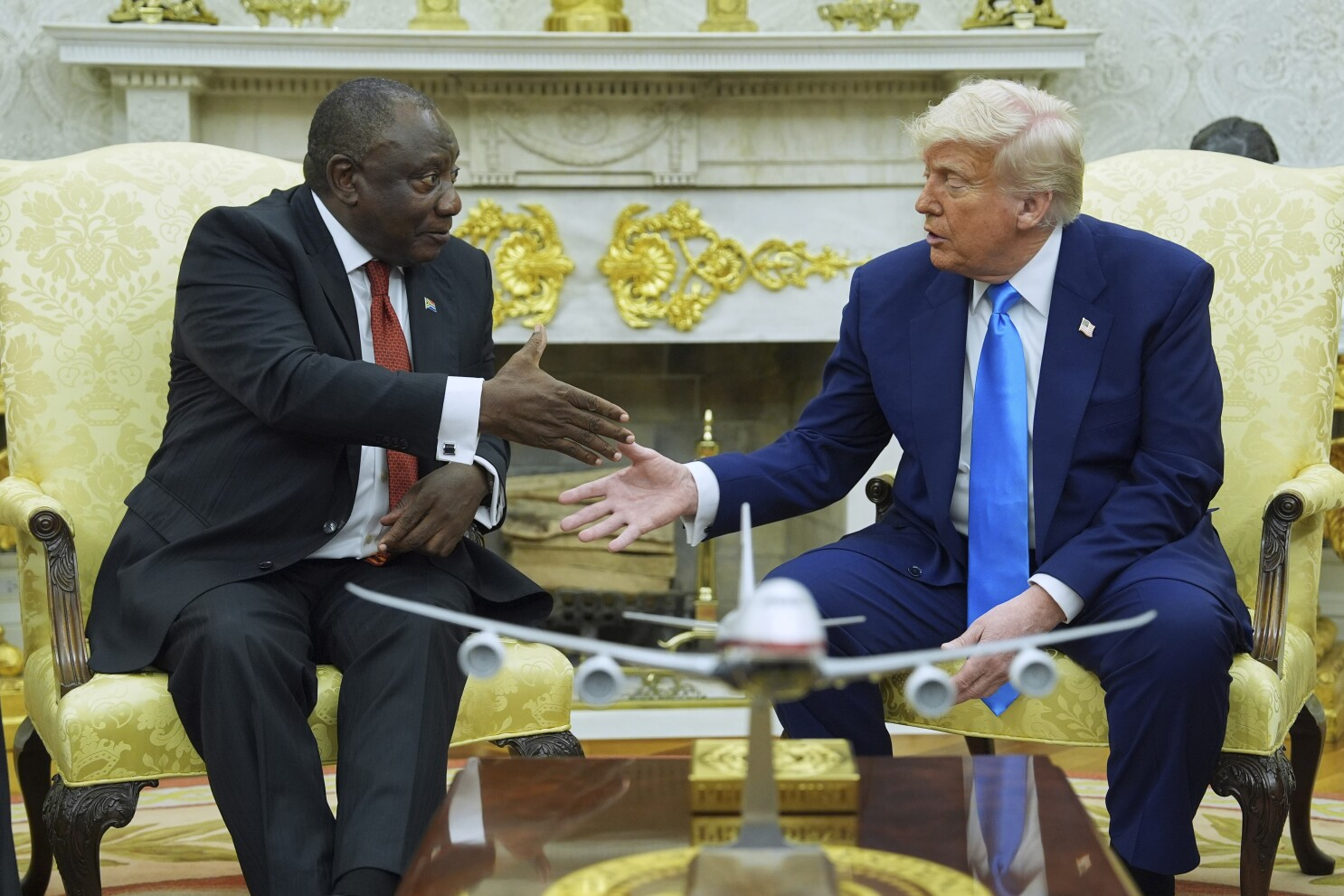#KnowYourAfrica: Niger’s uranium mining
Niger is the 4th largest uranium producer in the world after Kazakhstan, Canada and Australia and the largest producer of the mineral in Africa.
Uranium was discovered at Azelik in Niger in 1957 by the French Bureau de Recherches Geologiques et Minières (BRGM), looking for copper. The French Atomic Energy Commission (CEA) initiated further studies.
Further discoveries in sandstone followed including at Abokurum (1959), Madaouela (1963), Arlette, Ariege, Artois & Tassa/Taza (1965), Imouraren (1966) and Akouta (1967). In the midst of this, Niger became independent of France in 1960.
In 1964 the coal deposit of Thirozerine was also discovered. It is currently operated by SONICHAR and produces electricity for the northern Agadez region, including the uranium mines.
Niger produces approximately eight million pounds of uranium per year, and its global market share has fluctuated between 5-9% over the last decade.
The country has two significant uranium mines in production, yet there is strong government backing for expanding mining operations; that has led to plans for additional mines and prospects in the future.
Uranium has accounted for as much as 72% of the country’s export revenues. Foreign direct investment in the sector from 2008 to 2012 (the most active period) was estimated to have been US$1.4 billion.
Uranium is mined close to the twin mining towns of Arlit and Akokan, 900 km north-east of the capital Niamey (more than 1,200 km by road) on the southern border of the Sahara desert and on the western range of the Air mountains. The concentrates are trucked 1600 km to Parakou in Benin, then railed 400 km to Cotonou port and exported for conversion, mostly to Comurhex in France.
Production is first sold to the partners in proportion to their equity at an ‘extraction price’ determined by the government, notionally based on operation costs, but somewhat higher. From February 2012 the extraction price is CFA 73,000/kgU ($145/kgU), paid in Euros. The partners then sell or use it, in the case of the government, through a trading company.
Although the west African nation ranks highly in production of uranium in the world, producing over 3,000 tonnes of uranium a year, the UN Development Programme’s 2006 Human Development Index considers Niger the poorest country in the world, where life expectancy is 45 years old, 71 percent of adults cannot read, and 60 percent of the population lives on less than $1 a day.
Resentment is also growing among the thousands of mine workers and people living near the mining sites in the northern region of Agadez, who complain about unsafe working conditions and exposure to radioactive poisoning in the community.
In August a movement of civil society organisations reportedly demanded that the Areva pay 300 billion CFA francs (US$647 million) in damages for years of exploration in “unfair and iniquitous conditions”.
A 2005 investigation by Sherpa, an international network of lawyers who promote corporate social responsibility, found that workers in Niger’s uranium mines were not informed of health risks; were not given the most basic protection measures; and were not always treated if they developed lung cancer. Long-term inhalation exposure to radon, a gas formed by the breakdown of uranium, has been linked to the onset of lung cancer.
Niger is party to the Nuclear Non-Proliferation Treaty. It has a comprehensive safeguards agreement in force and in 2004 signed the Additional Protocol.









